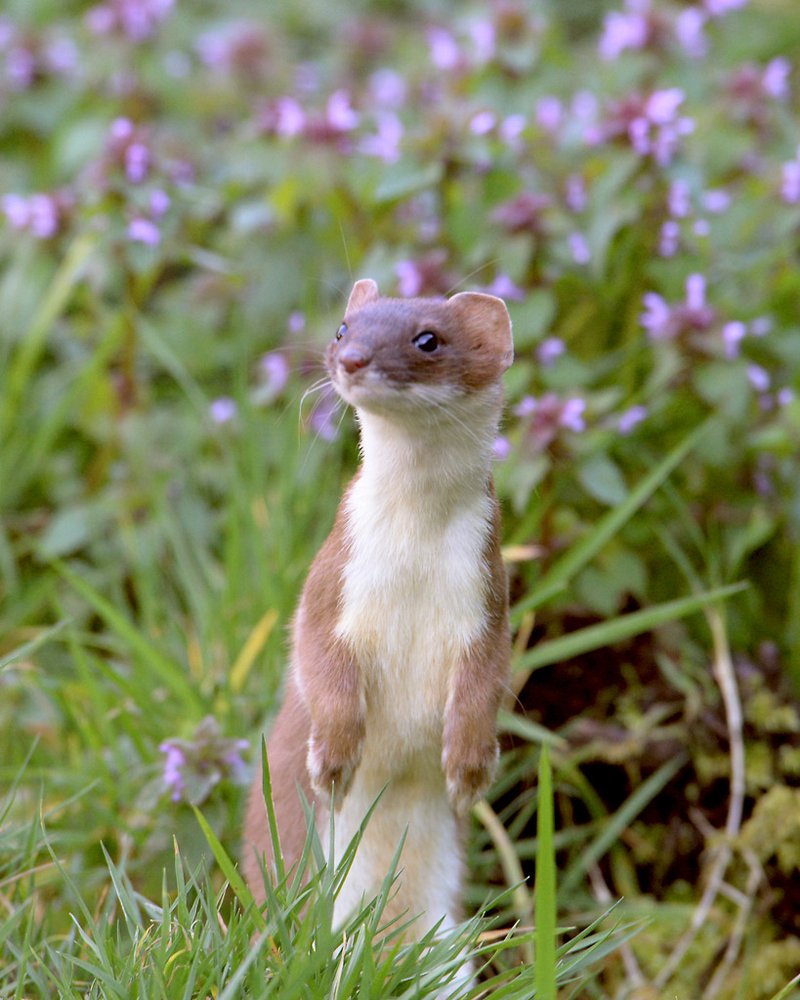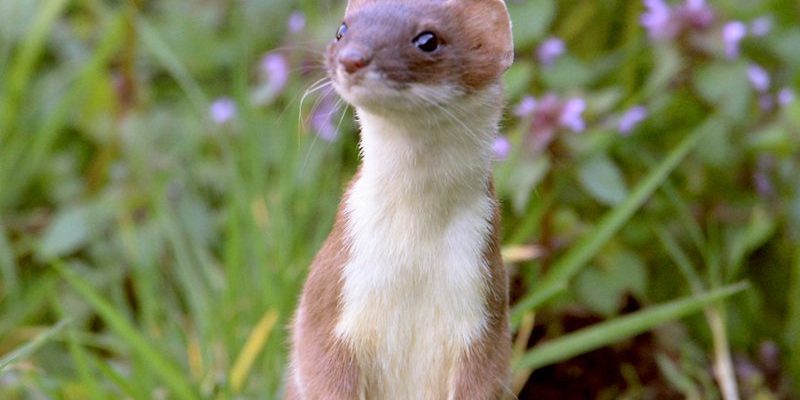
Imagine trying to locate a specific remote control in a sea of chaos— that’s a bit like the current state of many animal populations, including stoats. With changing climates, habitat loss, and human intervention, these animals can find themselves in a real bind. In this article, we’ll dive into the status of the stoat population, conservation efforts, and what we can do to help. Let’s get started!
What Is a Stoat?
The stoat, also known as the short-tailed weasel, is a small mammal belonging to the mustelid family, which also includes otters, badgers, and ferrets. Usually, this lively creature is brown in the summer and turns white in the winter—total chameleon vibes! They are well-known for their slender bodies and short legs, allowing them to be exceptional hunters. Stoats primarily target small mammals, especially rabbits and rodents, making them crucial players in maintaining the balance of their ecosystems.
You might wonder where you can find these little guys. Stoats are widely distributed across Europe, Asia, and North America, favoring areas with plenty of cover, like forests and grasslands. However, they are surprisingly adaptable and can also thrive in more open landscapes. Their clever nature allows them to find food and shelter, even in changing environments.
Are Stoats Endangered?
Now, let’s tackle the big question: *Are stoats endangered?* The short answer is that the stoat, as a species, is not currently listed as endangered on a global scale. However, this doesn’t mean they are free from threats. In some specific regions, their populations are declining due to habitat loss, climate change, and human activities.
In countries like the UK, for example, the stoat population faces challenges due to agricultural expansion and urban development. These changes fragment their habitats, making it harder for stoats to find food and mates. It’s a bit like living in a neighborhood where all the streets suddenly become one-way—getting around becomes much trickier!
Why Stoats Matter in Ecosystems
Stoats play a critical role in their ecosystems, much like a remote control in a home theater system. Without it, the whole setup can feel off. As predators, stoats help control rodent populations, which, if left unchecked, can lead to crop damage and the spread of disease.
Additionally, stoats are prey for larger animals, creating a balance in the food chain. Their presence can indicate a healthy environment, making them an important species for monitoring ecosystem health. When we lose stoats, we disrupt the natural balance, which can have ripple effects throughout the ecosystem.
Conservation Efforts for Stoats
Conservationists are working hard to ensure that stoats continue to thrive in their natural habitats. Efforts include creating protected areas and restoring habitats that have been damaged by human activity. Think of it as redecorating a room to make it more inviting—everything needs to be just right for the stoats to return.
Community education plays a significant role in these efforts, too. Informing local populations about the importance of stoats and how to protect their habitats can lead to more positive interactions between humans and wildlife. People are more likely to support conservation initiatives when they understand why these animals matter.
Challenges Faced by Stoats
Despite conservation efforts, stoats still face various challenges that threaten their survival. One major concern is climate change. As temperatures rise and weather patterns shift, stoats may struggle to adapt to new conditions. Their habitat could change dramatically, impacting their food sources and breeding patterns.
Additionally, invasive species can pose significant threats to stoat populations. For instance, in some areas, introduced predators like cats and foxes compete with stoats for food. This competition can lead to decreased stoat populations as they struggle to secure their prey. Imagine trying to play your favorite game, only to find someone else hogging all the pieces—you’d feel frustrated, right?
How You Can Help Stoats
So, what can you do to support stoat populations? One of the simplest ways is to educate yourself and others. Share information about stoats and their conservation needs with friends, family, and your community. You might even consider getting involved in local conservation initiatives or wildlife organizations focused on protecting natural habitats.
Another impactful approach is to support sustainable practices, like choosing local and organic products. When we support environmentally friendly practices, we help create healthier ecosystems where stoats and other wildlife can thrive.
The Future of Stoats
Looking ahead, the future of stoats depends on continued conservation efforts and a collective commitment to protecting their habitats. By understanding their significance and the challenges they face, we can work together to ensure that these delightful creatures remain a part of our ecosystems for generations to come.
In conclusion, while stoats are not globally endangered, the challenges they face shouldn’t be overlooked. With growing conservation efforts and community involvement, we can help these little weasels thrive. After all, every creature plays its part in the tapestry of life, and stoats are a valuable thread in that intricate design.

